Het arrangement English Year 4 is gemaakt met Wikiwijs van Kennisnet. Wikiwijs is hét onderwijsplatform waar je leermiddelen zoekt, maakt en deelt.
- Auteur
- Laatst gewijzigd
- 2023-04-12 15:41:49
- Licentie
-
Dit lesmateriaal is gepubliceerd onder de Creative Commons Naamsvermelding 4.0 Internationale licentie. Dit houdt in dat je onder de voorwaarde van naamsvermelding vrij bent om:
- het werk te delen - te kopiëren, te verspreiden en door te geven via elk medium of bestandsformaat
- het werk te bewerken - te remixen, te veranderen en afgeleide werken te maken
- voor alle doeleinden, inclusief commerciële doeleinden.
Meer informatie over de CC Naamsvermelding 4.0 Internationale licentie.
Aanvullende informatie over dit lesmateriaal
Van dit lesmateriaal is de volgende aanvullende informatie beschikbaar:
- Toelichting
- Engels b1
- Eindgebruiker
- leerling/student
- Moeilijkheidsgraad
- gemiddeld
- Studiebelasting
- 4 uur 0 minuten
Bronnen
Gebruikte Wikiwijs Arrangementen
Sectie Engels. (z.d.).
DNS English Year 4 HAVO/VWO - Projects
https://maken.wikiwijs.nl/174175/DNS_English_Year_4_HAVO_VWO___Projects

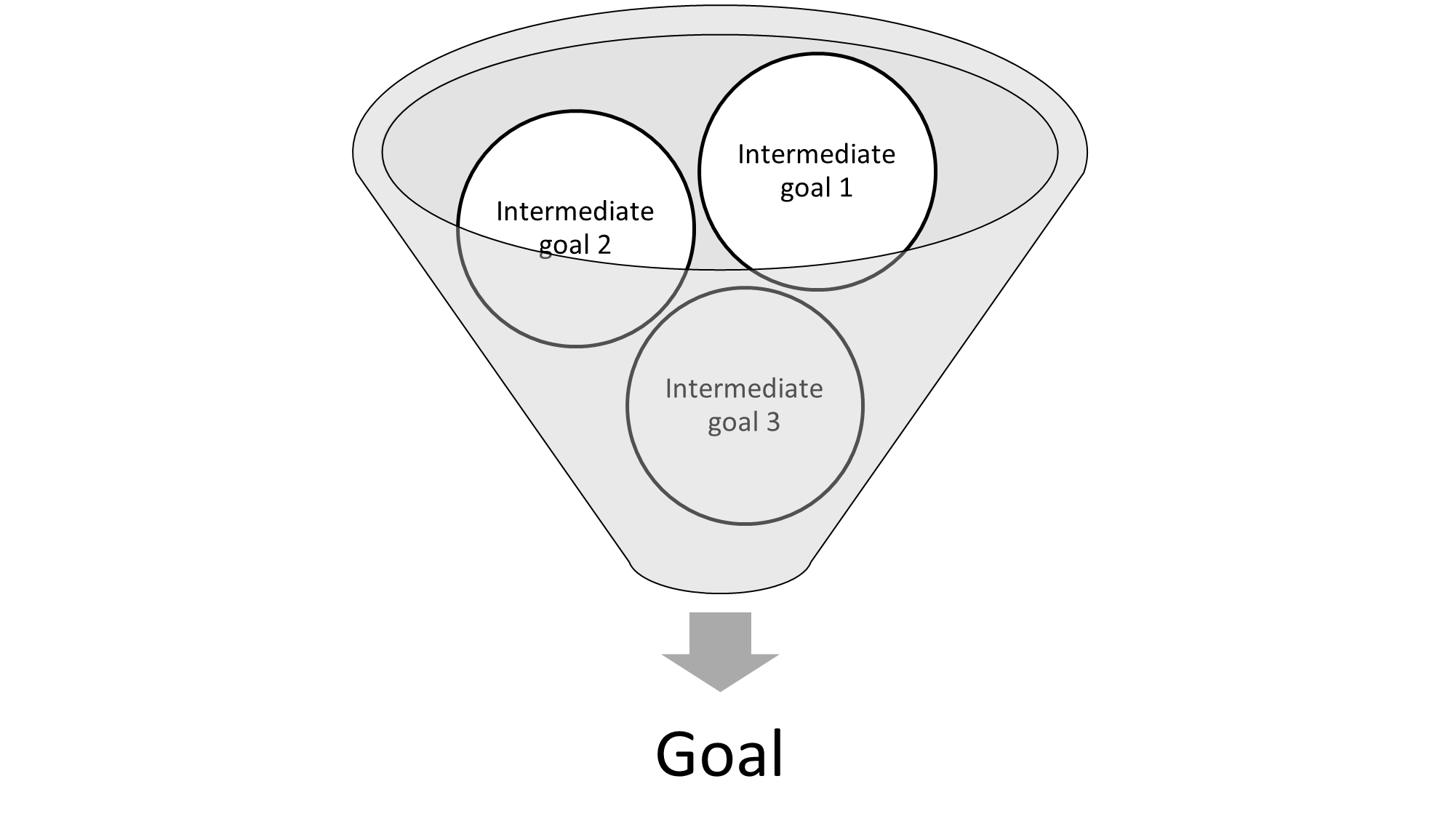
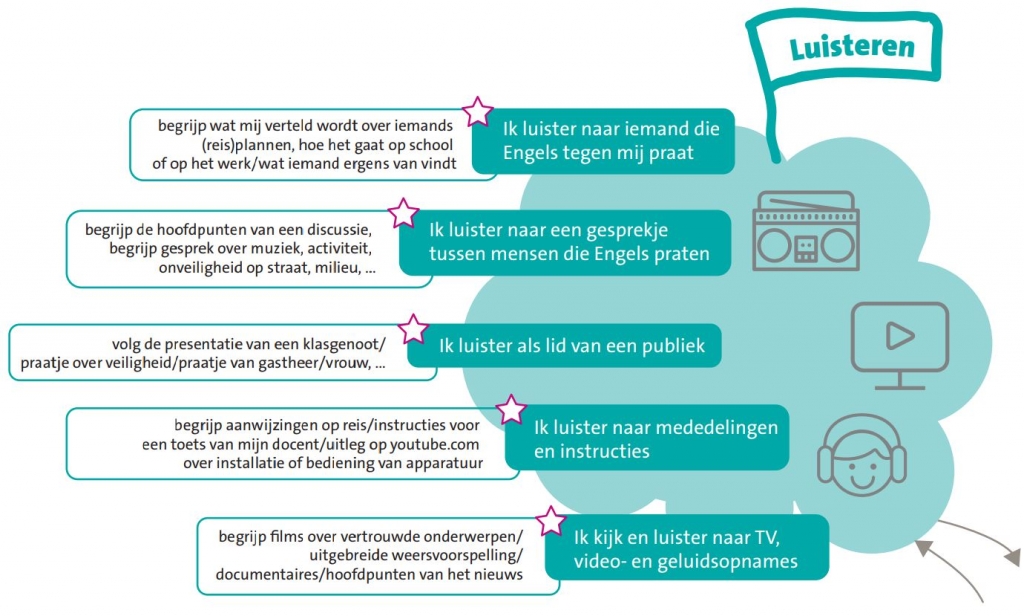
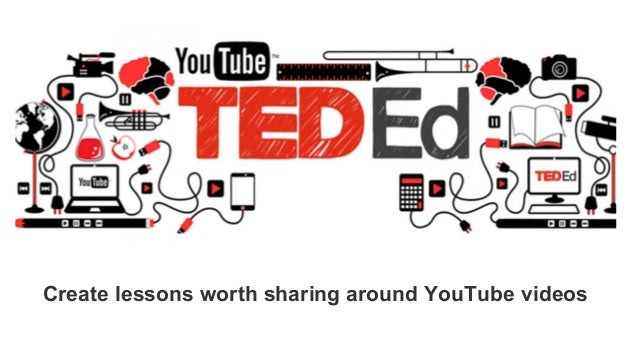
 he main points of radio news bulletins and simpler recorded material about familiar subjects delivered relatively slowly and clearly. Can follow many films in which visuals and action carry much of the storyline, and which are delivered clearly in straightforward language.
he main points of radio news bulletins and simpler recorded material about familiar subjects delivered relatively slowly and clearly. Can follow many films in which visuals and action carry much of the storyline, and which are delivered clearly in straightforward language.
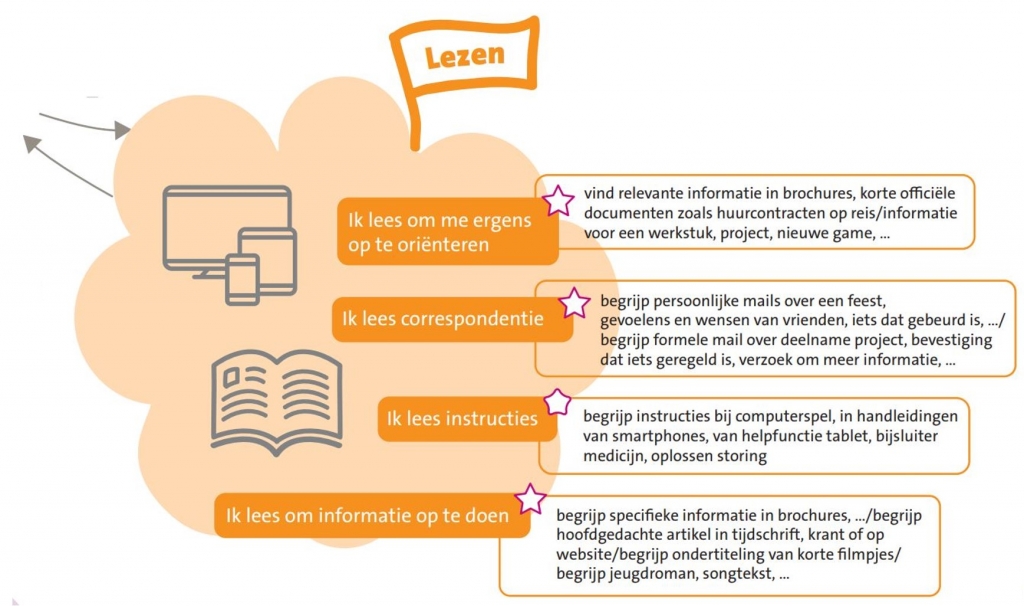


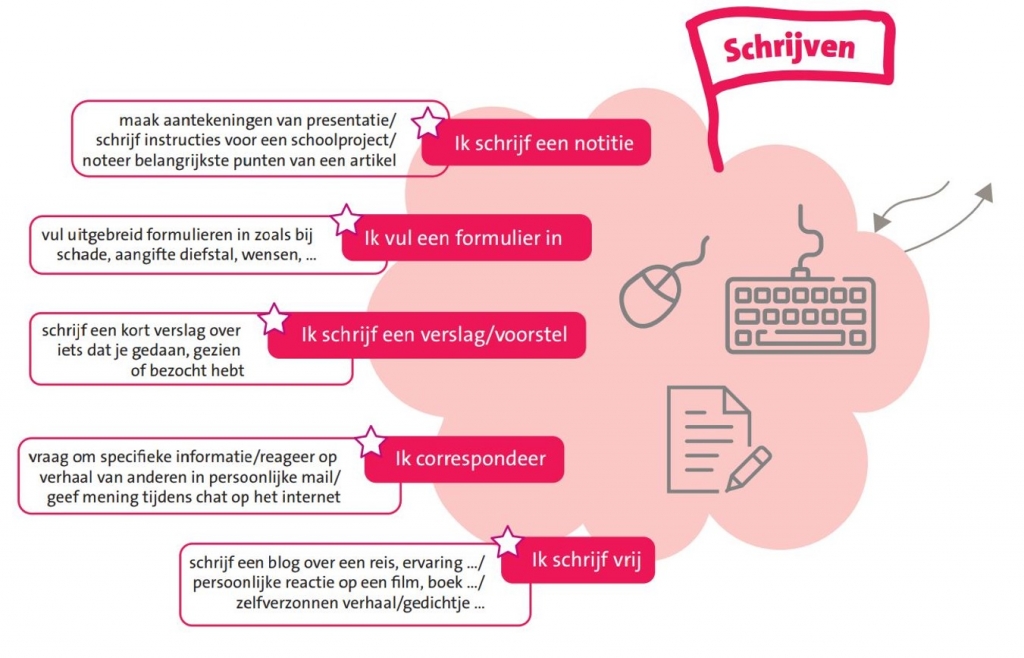








 Afgelopen weekend vierde je je 16e verjaardag. Je had je beste vrienden uitgenodigd, en s ’avonds voor iedereen pizza’s gekocht bij Domino’s Pizza, locatie Korvel, Tilburg. Echter, er was ontzettend veel mis met de bestelling: van de 10 pizza’s waren er vier koud, op de pizza salami zat maar 1 plakje salami, op een pizza zat geen kaas, en bij een pizza was er één punt opgegeten en de korst overgelaten. Toen je belde om te klagen kreeg je te horen dat ze niets voor je konden doen. Het hele gebeuren drukte zo de sfeer dat iedereen naar huis is gegaan uit teleurstelling, en je verjaardag meteen over was. Je hebt besloten om een klachtenbrief te schrijven naar het hoofdkantoor. In
Afgelopen weekend vierde je je 16e verjaardag. Je had je beste vrienden uitgenodigd, en s ’avonds voor iedereen pizza’s gekocht bij Domino’s Pizza, locatie Korvel, Tilburg. Echter, er was ontzettend veel mis met de bestelling: van de 10 pizza’s waren er vier koud, op de pizza salami zat maar 1 plakje salami, op een pizza zat geen kaas, en bij een pizza was er één punt opgegeten en de korst overgelaten. Toen je belde om te klagen kreeg je te horen dat ze niets voor je konden doen. Het hele gebeuren drukte zo de sfeer dat iedereen naar huis is gegaan uit teleurstelling, en je verjaardag meteen over was. Je hebt besloten om een klachtenbrief te schrijven naar het hoofdkantoor. In 

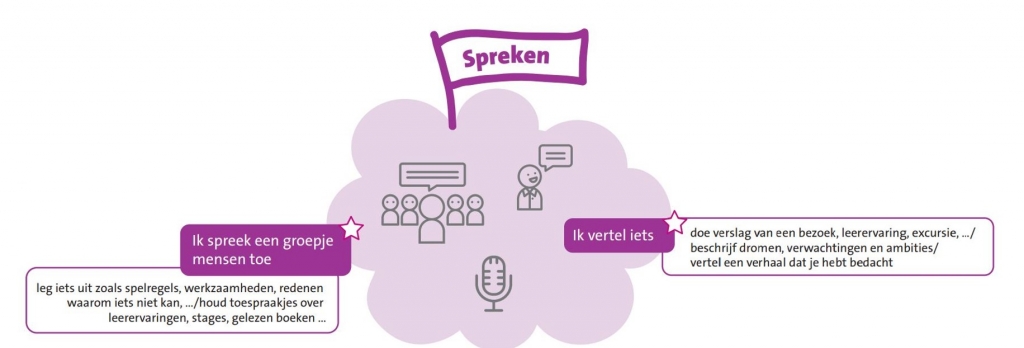
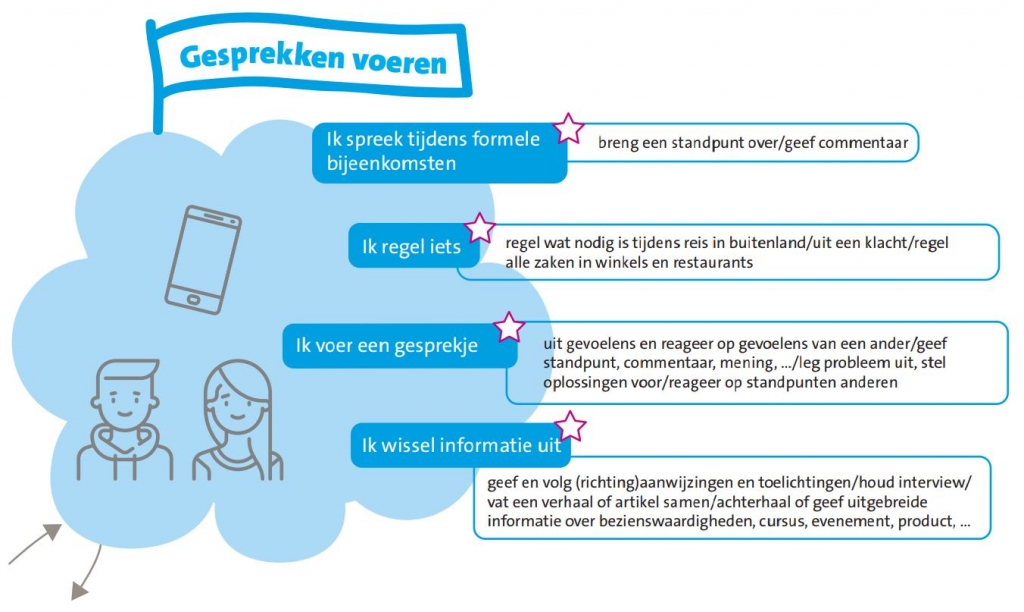

 reported seeing strange lights and experiencing other strange occurrences. Some witnesses reported being abducted and taken aboard a strange craft before being released. Others reported experiencing a phenomenon known as "Missing Time". To this day, their experiences remain unexplained.
reported seeing strange lights and experiencing other strange occurrences. Some witnesses reported being abducted and taken aboard a strange craft before being released. Others reported experiencing a phenomenon known as "Missing Time". To this day, their experiences remain unexplained.



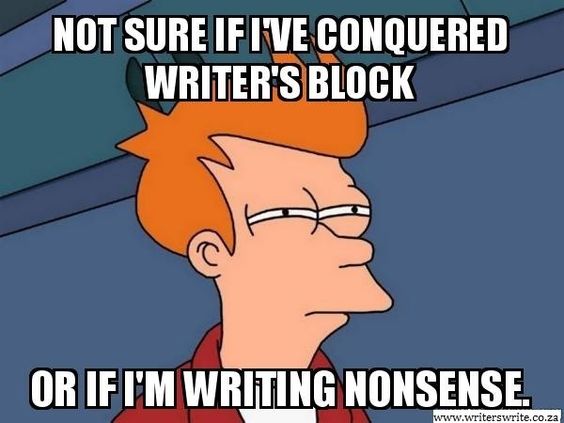






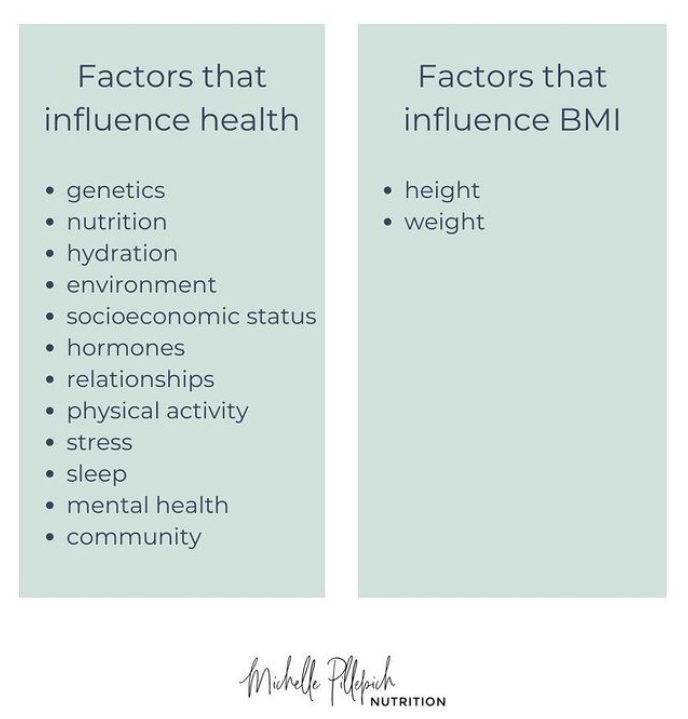

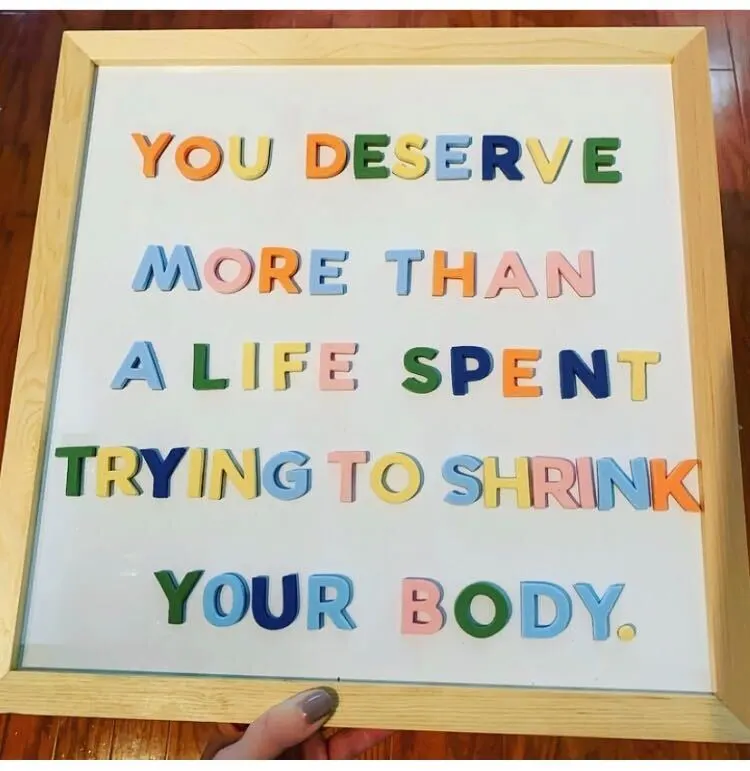
 literature is able to enrich your life.
literature is able to enrich your life.
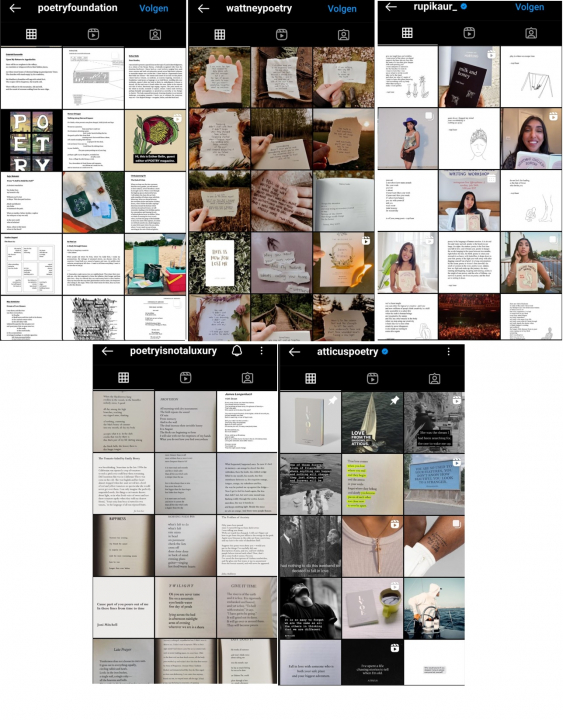
 there are some similarities as well, such as the creativity needed to make such poems. For both catagories you need to think outside the box to come up with a product to inspire your audience. Click the link below to learn more about these types of poetry.
there are some similarities as well, such as the creativity needed to make such poems. For both catagories you need to think outside the box to come up with a product to inspire your audience. Click the link below to learn more about these types of poetry. 